
Belden Launches Solutions to Enable Device Commissioning and Provide Advanced Cybersecurity
ST. LOUIS--(BUSINESS WIRE)--May 24, 2023--
2023-05-24 20:31

Surgeons Successfully Complete First Surgical Cases Using Stryker’s Q Guidance System with Cranial Guidance Software
LEESBURG, Va.--(BUSINESS WIRE)--May 24, 2023--
2023-05-24 20:30

Zelis® Unlocks Power of Price Transparency Data to Control Rising Costs of Healthcare with Healthcare Insights 360℠
BEDMINSTER, N.J.--(BUSINESS WIRE)--May 24, 2023--
2023-05-24 20:16

Masimo Announces Major Expansion of the HEOS® Platform
IRVINE, Calif.--(BUSINESS WIRE)--May 24, 2023--
2023-05-24 20:00
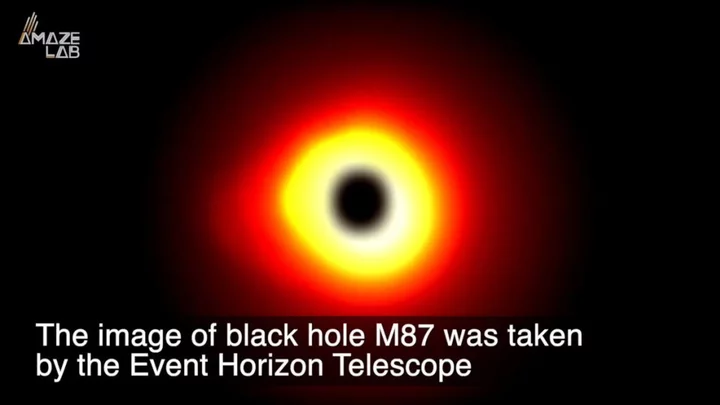
Black holes could contain 'hidden spacetime structures'
Black holes are the most confusing things out there in the universe and no-one really knows what they are – at least, that’s our very basic grasp of it. Now, though, a new study has posited a theory that black holes are structures created by unseen cosmic dimensions - or topological stars. And just to make it a little more confusing, these topological stars exist purely in the hypothetical realms of mathematics. Researchers at Johns Hopkins University have been exploring string theory, which posits that particles in the universe are actually tied to extra (hidden) dimensions through vibrating strings. Sign up to our free Indy100 weekly newsletter According to their findings, hypothetical topological stars could exist for real in the universe and they’re essentially formations of nothing which could appear in space. The study finds that topological stars would appear “remarkably similar to black holes in apparent size and scattering properties, while being smooth and horizonless”. The study, which was published in Physical Review D, found that these stars which until now have only existed in hypothetical form, look an awful lot like the black holes out in the universe. “String theory is a theory that reconciles quantum physics and gravity into a quantum gravity theory,” study leader Pierre Heidmann said. Speaking to Motherboard, he said: “Usually when you have a new theory like that, you have new degrees of freedom that come with it, and you can try to see what new fundamental objects can arise from that.” Co-author of the study Ibrahima Bah added: “It’s an interesting question to ask: Are there things other than a black hole [that] will give you a hint about what new physics could look like?” “But before you get there, you need to know how to tell whether you have a black hole or not, and to do that you have some prototype examples of things that are not black holes to be able to compare." As ever, black holes remain the most mysterious, and the most fascinating things out there. Have your say in our news democracy. Click the upvote icon at the top of the page to help raise this article through the indy100 rankings.
2023-05-24 19:56
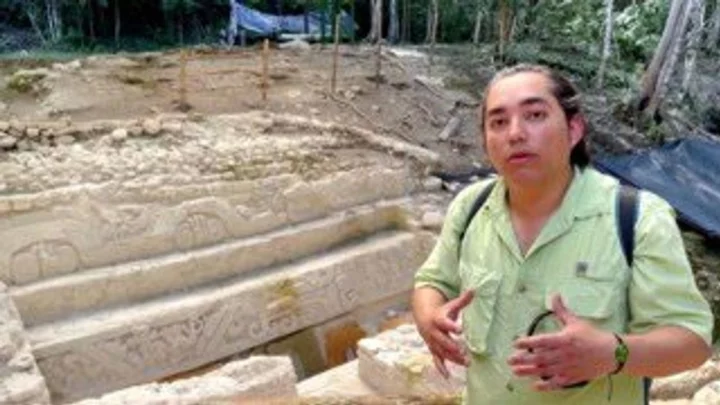
'Impossible' ancient Mayan city discovered in remote jungle
It feels like every day there’s a science story that comes along ready to blow our tiny minds, and today is no exception. A series of ancient interconnected cities have been discovered in the remote El Mirador jungle Guatemala, and it’s changing our entire understanding of the ancient civilisation. More than 400 settlements have been uncovered with some dating back as far as 1,000 BC. They’re linked by roads too, and it’s led them to be described as “the first freeway system in the world”. Sign up to our free Indy100 weekly newsletter Richard Hansen, a research professor at the University of Idaho, is an expert on the project and he’d called the findings a “game-changer”. It was previously thought that the Mayan peoples were nomadic, but these cities have changed the scientific community’s understanding. Speaking to the Washington Post, Hansen said: "We now know that the Preclassic period was one of extraordinary complexity and architectural sophistication, with some of the largest buildings in world history being constructed during this time.” On top of the 110 miles of interconnected roads, the discoveries also showed evidence of organised agriculture and even hydraulic systems. The findings are the result of work which first began in 2015, which saw lidar technology uncovered signs of ancient structures below the surface. Archaeologist Enrique Hernández, from San Carlos University said about the findings: “Now there are more than 900 [settlements]… We [couldn’t] see that before. It was impossible,” he said. Have your say in our news democracy. Click the upvote icon at the top of the page to help raise this article through the indy100 rankings.
2023-05-24 19:17
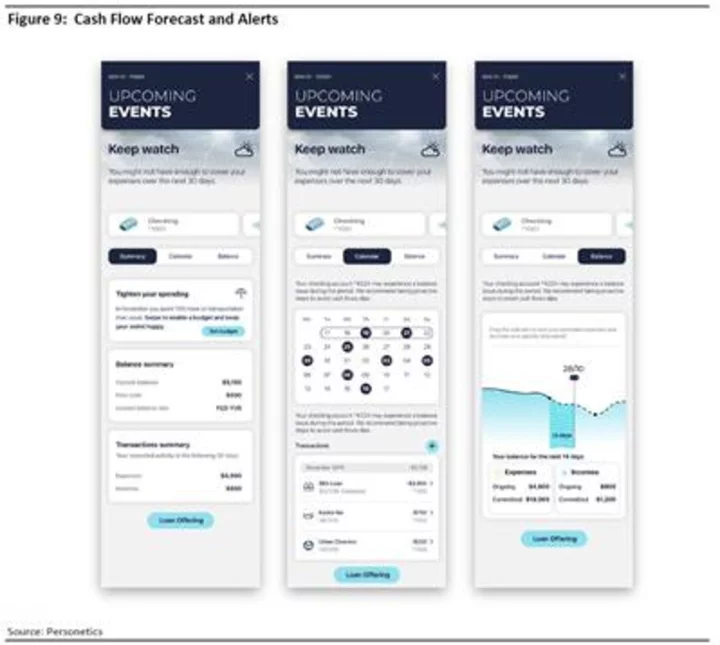
Celent Report Finds Personetics Is the Top Banking Solution for Small Business Banking in North America
NEW YORK--(BUSINESS WIRE)--May 24, 2023--
2023-05-24 19:00

U.S. Secretary of Energy Jennifer Granholm and U.S. Senator Mark Kelly Visit Li-Cycle’s Lithium-Ion Battery Recycling Facility in Arizona
TORONTO--(BUSINESS WIRE)--May 24, 2023--
2023-05-24 18:00
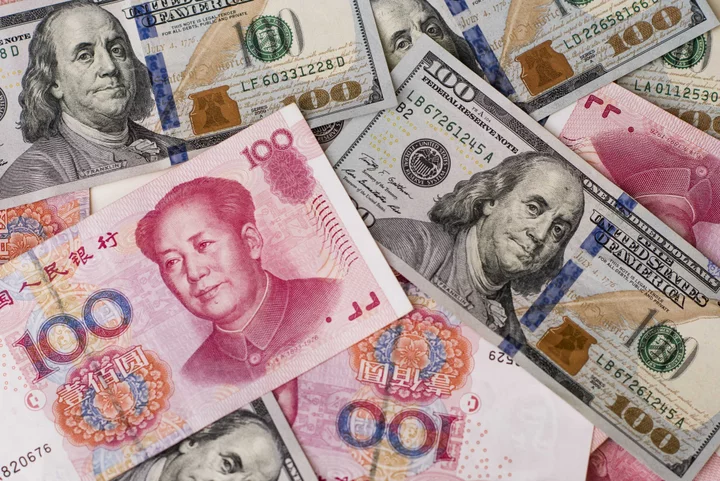
China Wants the Yuan To Rival the Almighty Dollar: Big Take Podcast
Listen to The Big Take podcast on iHeart, Apple Podcasts, Spotify, Terminal. The US dollar is the world’s
2023-05-24 17:00
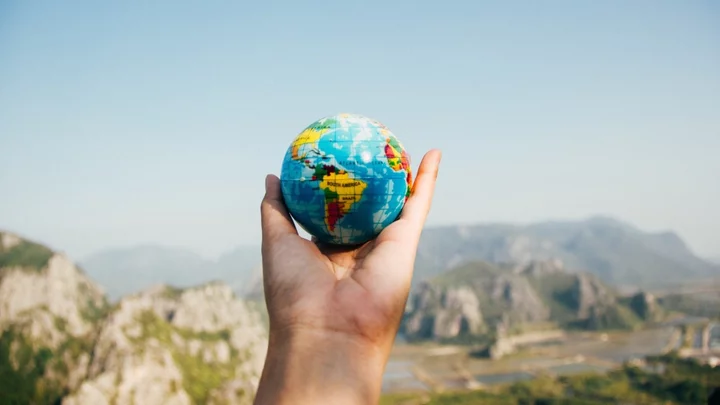
Translate on the go with the Fluentalk T1 Translator Device, 15% off for a limited time
TL;DR: As of May 24, get the Fluentalk T1 Translator Device for only $254.15 —
2023-05-24 17:00

German Climate Activists Targeted in Nationwide Raids
Authorities searched 15 properties across Germany in connection with a criminal investigation against a climate activist group that
2023-05-24 16:50
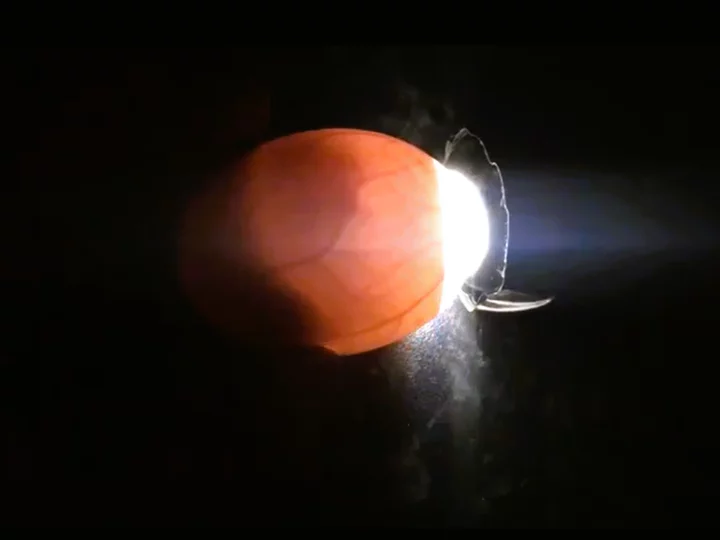
What is superintelligence? How AI could replace humans as the dominant lifeform on Earth
In the ‘Unfinished Fable of the Sparrows’, a group of small birds come up with a plan to capture an owl egg and raise the chick as their servant. “How easy life would be,” they say, if the owl could work for them, and they could live a life of leisure. Despite warnings from members of their flock that they should first figure out how to tame an owl before they raise one, the sparrows devote all their efforts to capturing an egg. This tale, as its title suggests, does not have an ending. Its author, Swedish philosopher Nick Bostrom, deliberately left it open-ended as he believes that humanity is currently in the egg hunting phase when it comes to superhuman AI. In his seminal work on artificial intelligence, titled Superintelligence: Paths, Dangers, Strategies, the Oxford University professor posits that AI may well destroy us if we are not sufficiently prepared. Superintelligence, which he describes as an artificial intelligence that “greatly exceeds the cognitive performance of humans in virtually all domains of interest”, may be a lot closer than many realise, with AI experts and leading industry figures warning that it may be just a few years away. On Monday, the creator of ChatGPT echoed Professor Bostrom’s 2014 book by warning that the seemingly exponential progress of AI technology in recent years means that the imminent arrival of superintelligence is inevitable – and we need to start preparing for it before it’s too late. OpenAI boss Sam Altman, whose company’s AI chatbot is the fastest growing app in history, has previously described Professor Bostrom’s book as “the best thing I’ve seen on this topic”. Just a year after reading it, Mr Altman co-founded OpenAI alongside other similarly worried tech leaders like Elon Musk and Ilya Sutskever in order to better understand and mitigate against the risks of advanced artificial intelligence. Initially launched as a non-profit, OpenAI has since transformed into arguably the leading private AI firm – and potentially the closest to achieving superintelligence. Mr Altman believes superintelligence has the potential to not only offer us a life of leisure by doing all the majority of our labour, but also holds the key to curing diseases, eliminate suffering and transforming humanity into an interstellar species. Any attempts to block its progress, he wrote this week, would be “unintuitively risky” and would require “something like a global surveillance regime” that would be virtually impossible to implement. It is already difficult to understand what is going on inside the ‘mind’ of AI tools currently available, but once superintelligence is achieved, even its actions may become incomprehensible. It could make discoveries that we would be incapable of understanding, or take decisions that make no sense to us. The biological and evolutionary limitations of brains made of organic matter mean we may need some form of brain-computer interface in order to keep up. Being unable to compete with AI in this new technological era, Professor Bostrom warns, could see humanity replaced as the dominant lifeform on Earth. The superintelligence may then see us as superfluous to its own goals. If this happens, and some form of AI has figured out how to hijack all the utilities and technology we rely upon – or even the nuclear weapons we possess – then it would not take long for AI to wipe us off the face of the planet. A more benign, but similarly bleak, scenario is that the gulf in intelligence between us and the AI will mean it views us in the same way we view animals. In a 2015 conversation between Mr Musk and scientist Neil deGrasse Tyson, they theorised that AI will treat us like a pet labrador. “They’ll domesticate us,” Professor Tyson said. “They’ll keep the docile humans and get rid of the violent ones.” In an effort to prevent this outcome, Mr Musk has dedicated a portion of his immense fortune towards funding a brain chip startup called Neuralink. The device has already been tested on monkeys, allowing them to play video games with their minds, and the ultimate goal is to transform humans into a form of hybrid superintelligence. (Critics note that even if successful, the technology would similarly create a two-tiered society of the chipped, and the chipless.) Since cutting ties with OpenAI, the tech billionaire has issued several warnings about the imminent emergence of superintelligence. In March, he joined more than 1,000 researchers in calling for a moratorium on the development of powerful AI systems for at least six months. That time should then be spent researching AI safety measures, they wrote in an open letter, in order to avert disaster. It would take an improbable consensus of leading AI companies around the world, the majority of which are all profit-seeking, in order for any such pause to be impactful. And while OpenAI continues to spearhead the hunt for the owl’s egg, Mr Altman appears to have at least heeded the warnings from Professor Bostrom’s fable. In a 2016 interview with the New Yorker, he revealed that he is a doomsday prepper – specifically for an AI-driven apocalypse. “I try not to think about it too much, he said, revealing that he has “guns, gold, potassium iodide, antibiotics, batteries, water [and] gas masks” stashed away in a hideout in rural California. Not that any of that will be much use to the rest of us. Read More 10 ways AI will change the world – from curing cancer to wiping out humanity Photoshop unveils ‘extraordinary’ AI that transforms your pictures with a text prompt ChatGPT creator issues stark warning on AI ‘RIP photoshop’: New AI can alter any photo with the click of a mouse
2023-05-24 16:47
You Might Like...

Mercedes-Benz Financial Services Announces In-Car Payment Feature for Parking, powered by Mercedes pay, at AutoTech Detroit
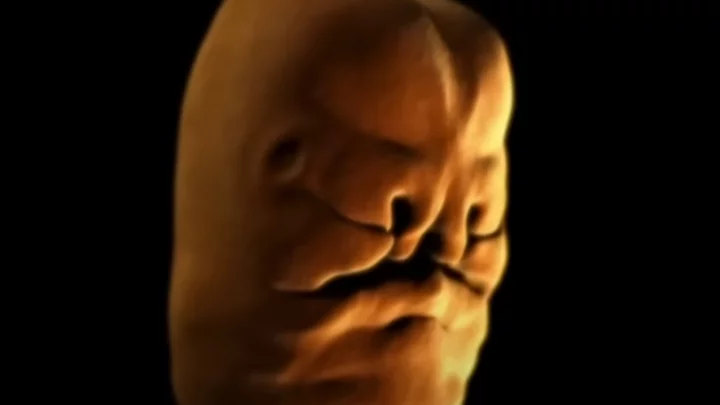
Video showing how babies' faces form is giving people nightmares

TikTok’s New Amazon Copycat Is Full of Cheap Chinese Goods
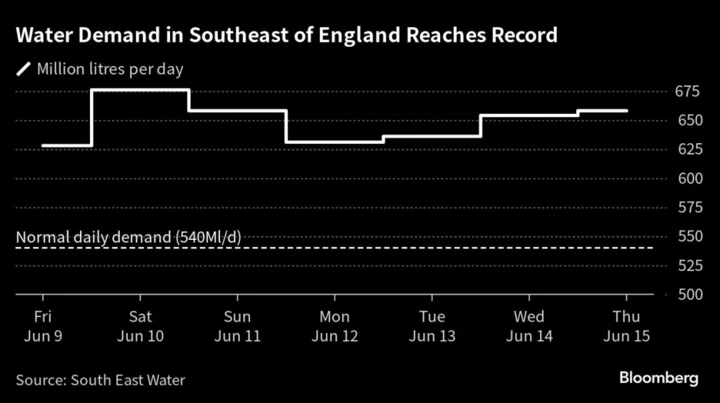
UK Government Steps Up Drought Planning as Temperatures Rise

KIOXIA Introduces New PCIe 5.0 SSDs for Enterprise and Data Center Infrastructures
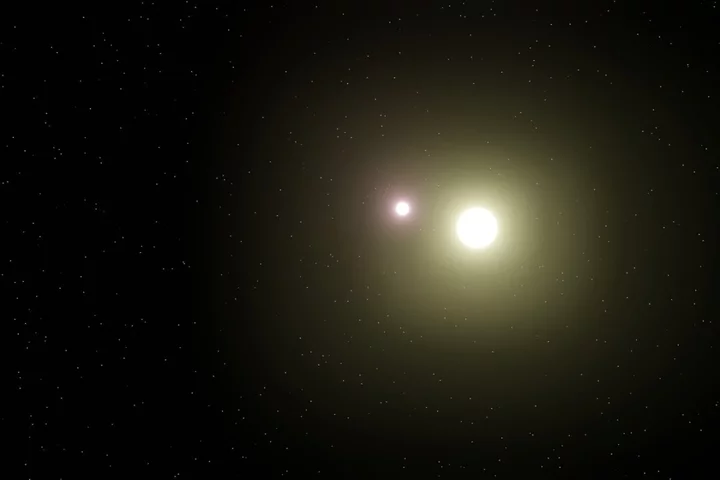
Astronomer uncovers ‘direct evidence’ of gravity breaking down in the universe
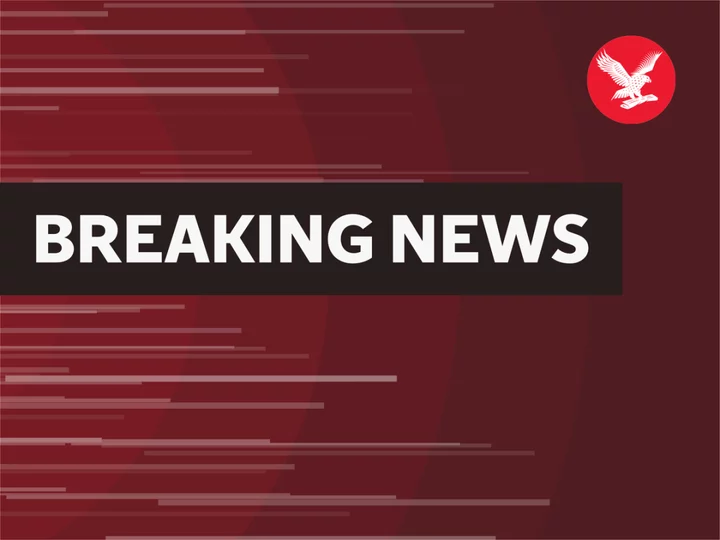
Instagram Threads: Meta launches its new Twitter rival amid terrible week for Elon Musk
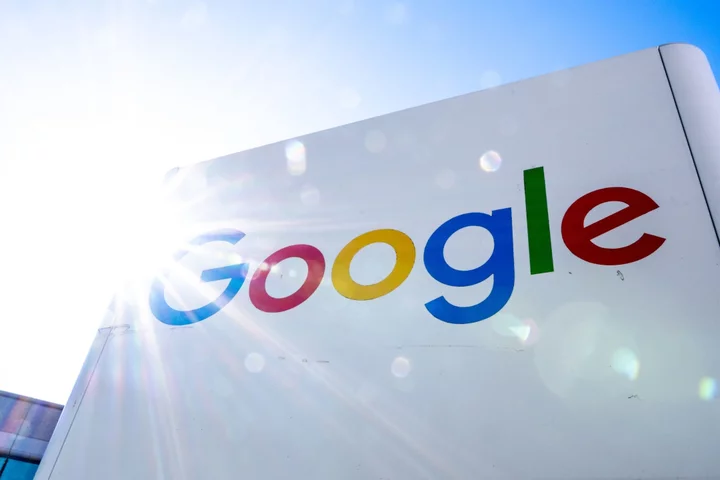
Google Tweaks Ad Auctions to Hit Revenue Targets, Exec Says
